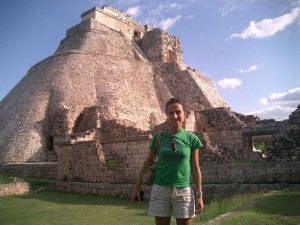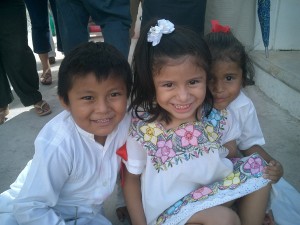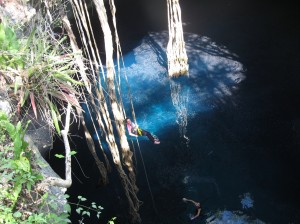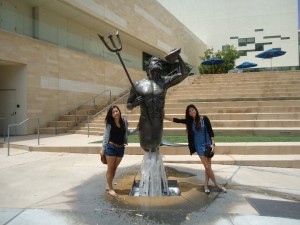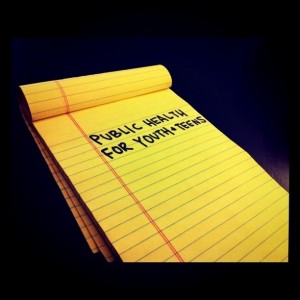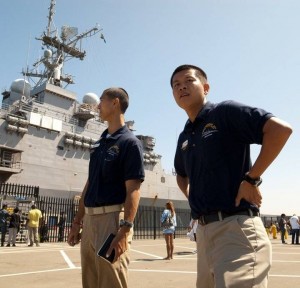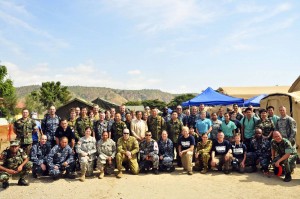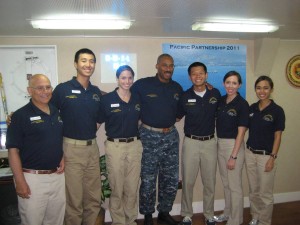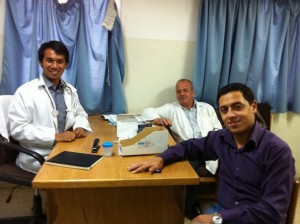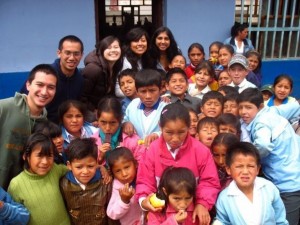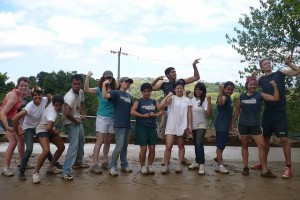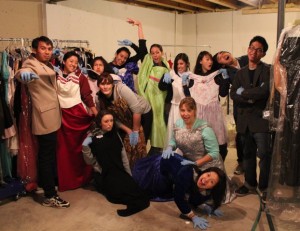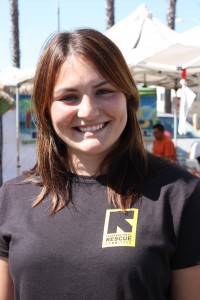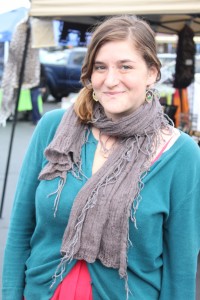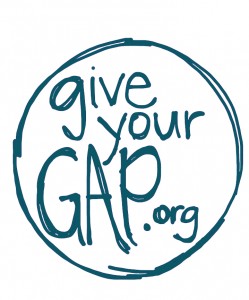 Name: Yvonne Nader
Name: Yvonne Nader
Type of Work: Childcare
Region: North America
Length of stay: 1-2 months
Contact email: info@voluntrek.com.mx
Tell us about the organization you work for and what you do for them.
Some years ago I was looking for a volunteer program in Mexico. Being born and raised in Mexico, I wanted to give back and help in my own country, knowing there were many opportunities and projects where I could make a difference due to the economic, political and social situation of my country. I also knew that Mexico combines diversity, contrasts, beauty, culture and traditions that I had yet to discover. When I searched Volunteer Organizations for a Program in Mexico, and the offer turned out to be only two options (and they were offered by foreign organizations), I decided to look for a volunteer placement and accommodation on my own. Even though I had lived all my life in Mexico and knew where to look and who to contact, it was not such an easy task. I ended up volunteering for 6 weeks in the Yucatan Peninsula. I was supposed to teach English to small children, but when I arrived they told me they did not need an English teacher anymore and asked me to give Religion classes to 6 different groups and helping in the office one day of the week! I had no choice, so I accepted and it was great to see how the children loved to listen to stories from the Bible: Creation, Noah´s Ark and so on, and how much they learned from each of them.
Share a favorite memory.
It is difficult to choose just one memory, but I remember my first day teaching. I prepared paper figures to give my class for all 6 groups. I thought I would use the material throughout the day in all my classes, but ended coming out of my first class with nothing but trash, since the children had destroyed the figures while playing with them! I had to totally improvise for the rest of my classes. Even though at first it was frustrating, it really helped me understand children and learned how to prepare the rest of my classes. It helped so much that some of the regular teachers came to me and asked how I managed to keep the group so quiet and interested in the class, since they could not manage to do that while they gave their classes. This was a great satisfaction for me because I had never given classes before, and these meant the children loved my class, paid attention and learned! I am grateful that I also got to explore another part of Mexico I loved: beautiful beaches, archaeological sites, cavern-cenote diving, Hanal Pixan (Day of the Death Mayan celebration), colonial cities and magical towns.
What have you learned from your experience? How has it affected your long-term goals?
It really was a life changing experience, so much that I am now the founder of Voluntrek, a volunteer organization in Mexico. When I went back to Mexico City, I realized it would be an incredible opportunity for people around the world to experience what I had just lived. It had not been so easy for me to organize it on my own, and thought it would be even more difficult for someone from abroad to organize everything without knowing the culture, language and country. Wanting to share this experience with people from other countries, a thought came to my mind, “Why not help others volunteer in Mexico so they do not have to worry about anything but making a difference”. Some years later I founded Voluntrek (www.voluntrek.com.mx), offering volunteer programs in Mexico that provide and support volunteers with everything they need to have the adventure they are looking for. Our job is to make sure that our volunteers do not have to worry about anything but giving their best at the non-profit organization they will be supporting, and enjoying this unique experience of discovering a new culture. Volunteers can relax and enjoy their time in Mexico, knowing that someone local, who has volunteered in Mexico and organized her own volunteer experience once, is behind all this, making sure I can share with you the same great experience I had in 2006! Voluntrek provides you the opportunity to be part of this process through a volunteer program that you can customize according to your budget, needs and expectations.

